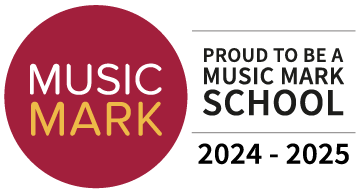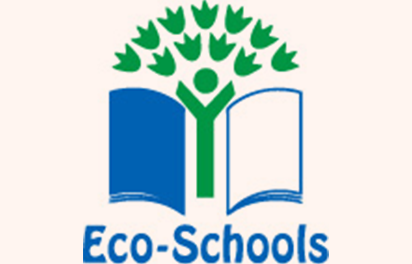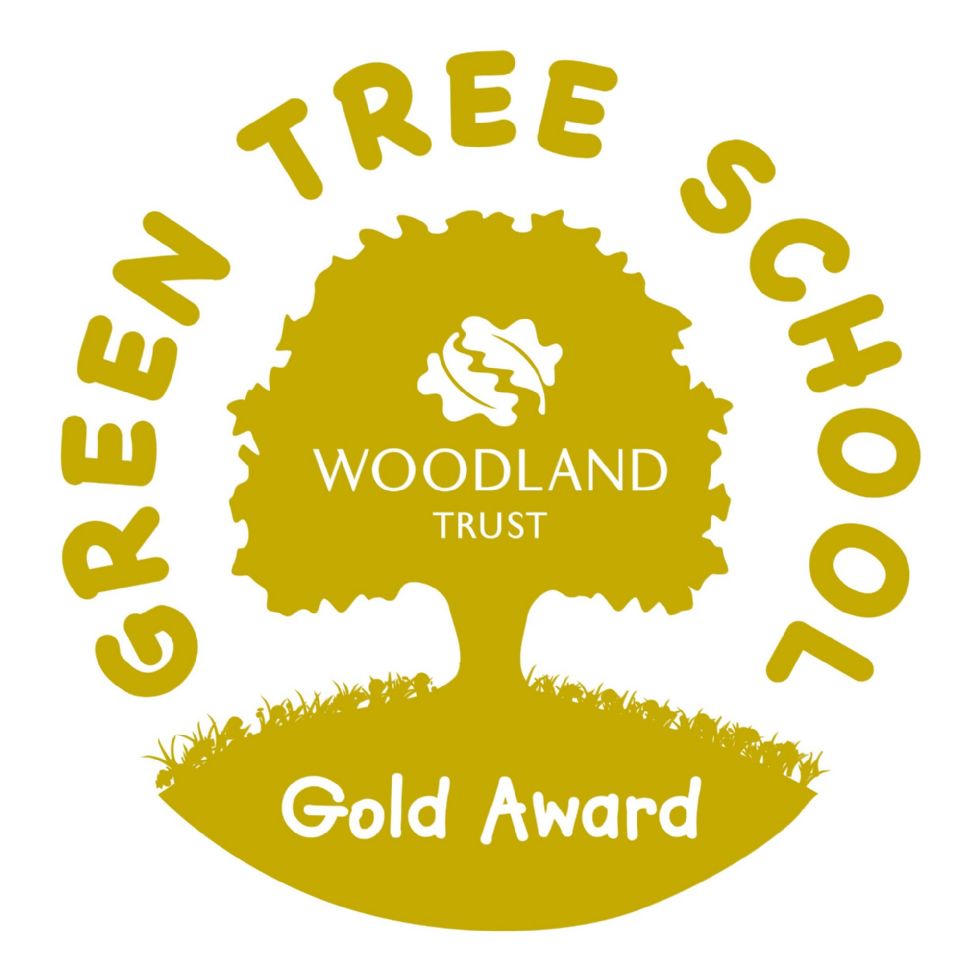Reading Comprehension
Reading comprehension is the ability to read a text, process it and understand its meaning. It relies on two, interconnected abilities: word reading (being able to decode the symbols on the page) and language comprehension (being able to understand the meaning of the words and sentences).
As they begin their comprehension journey, using age appropriate texts, children focus on three key reading domains:
Retrieval short, sharp questions where children locate answers in the text.
Inference reading between the lines to deduce information about the text and be able to justify and explain how a conclusion is arrived at
Words in context using the text and the sentence surrounding a word to understand the meaning of a specific word.
As they move through into Year 5 and 6, children are exposed to questions from a broader range of reading domains:
Summarising capturing in a brief statement the main idea presented in a text.
Prediction using a text to infer what may happen next.
Links between texts identifying common themes between different texts.
Word choice identifying why an author has used a particular word or group of words.
Comparisons finding similarities and differences between texts.
Throughout their comprehension journey, children also encounter a range of different question types such as:
Multiple choice choosing the correct answer from a selection.
Ranking/ordering putting events in order as they happen in a story.
Matching match the text to the purpose.
Labelling label the text to show key features.
Find and copy locating a word in a text that has a particular meaning.
Short response short answers to questions - usually a phrase or short sentence.
Open-ended response fully explaining a response to a question referring to evidence in the text that supports the answer.










